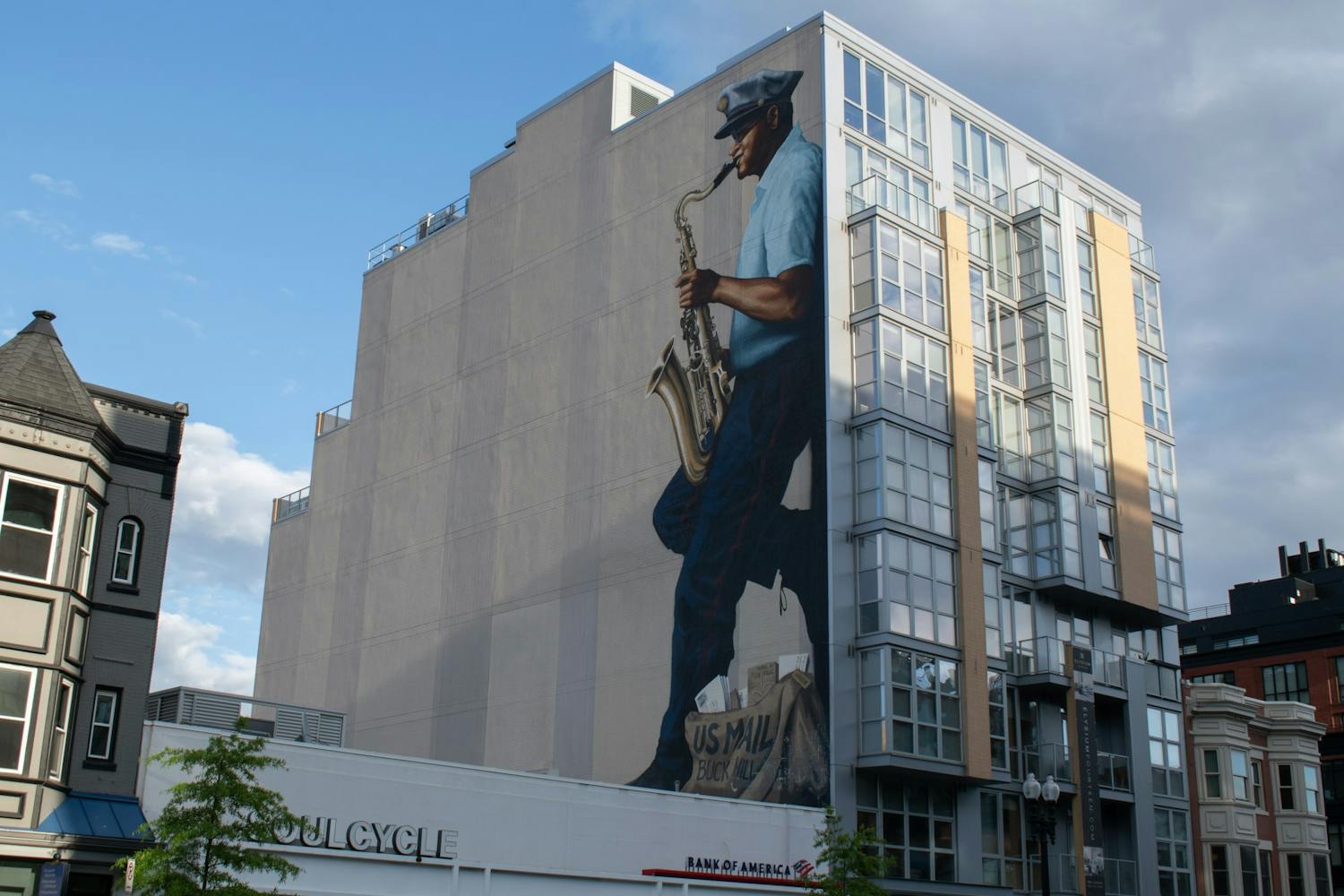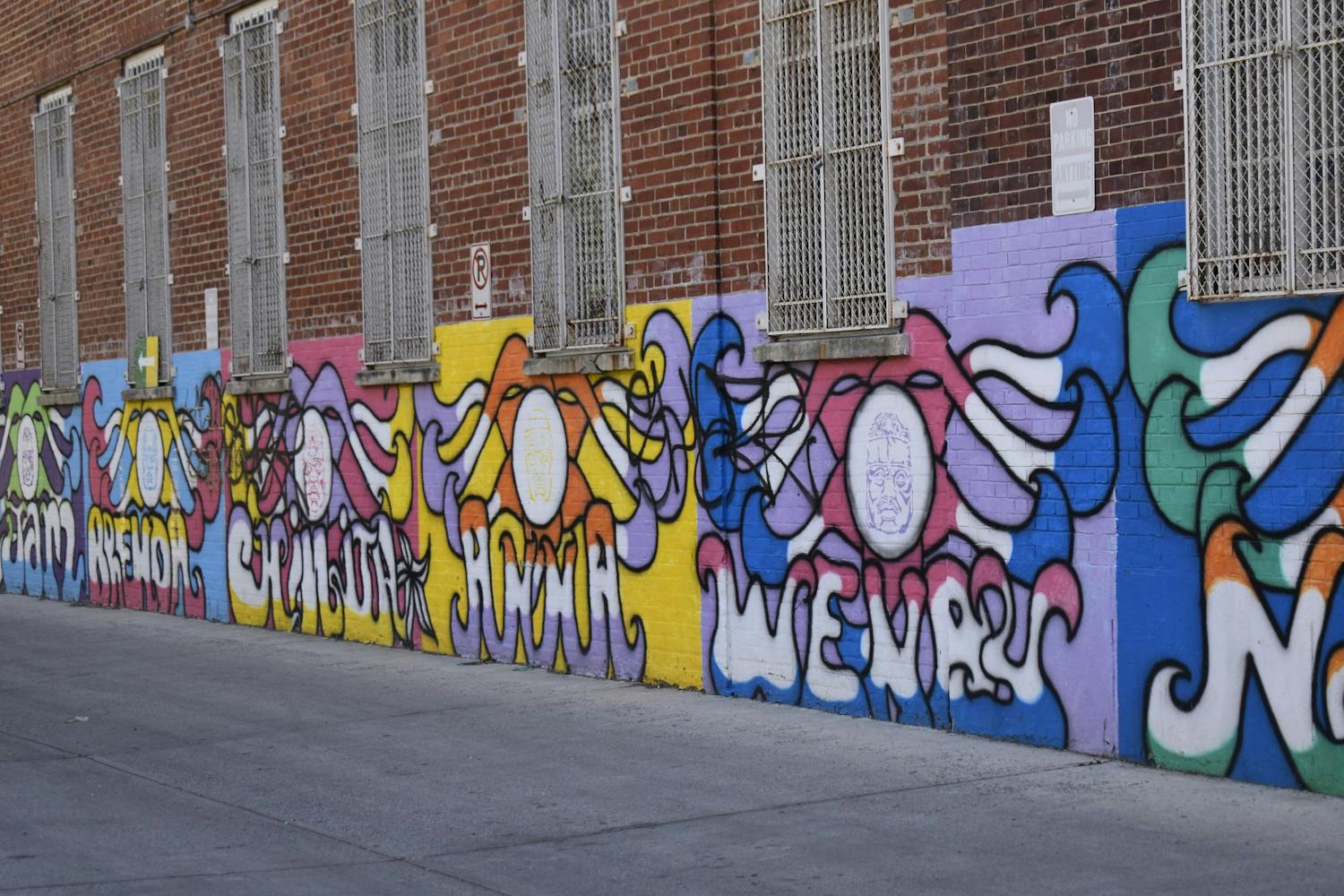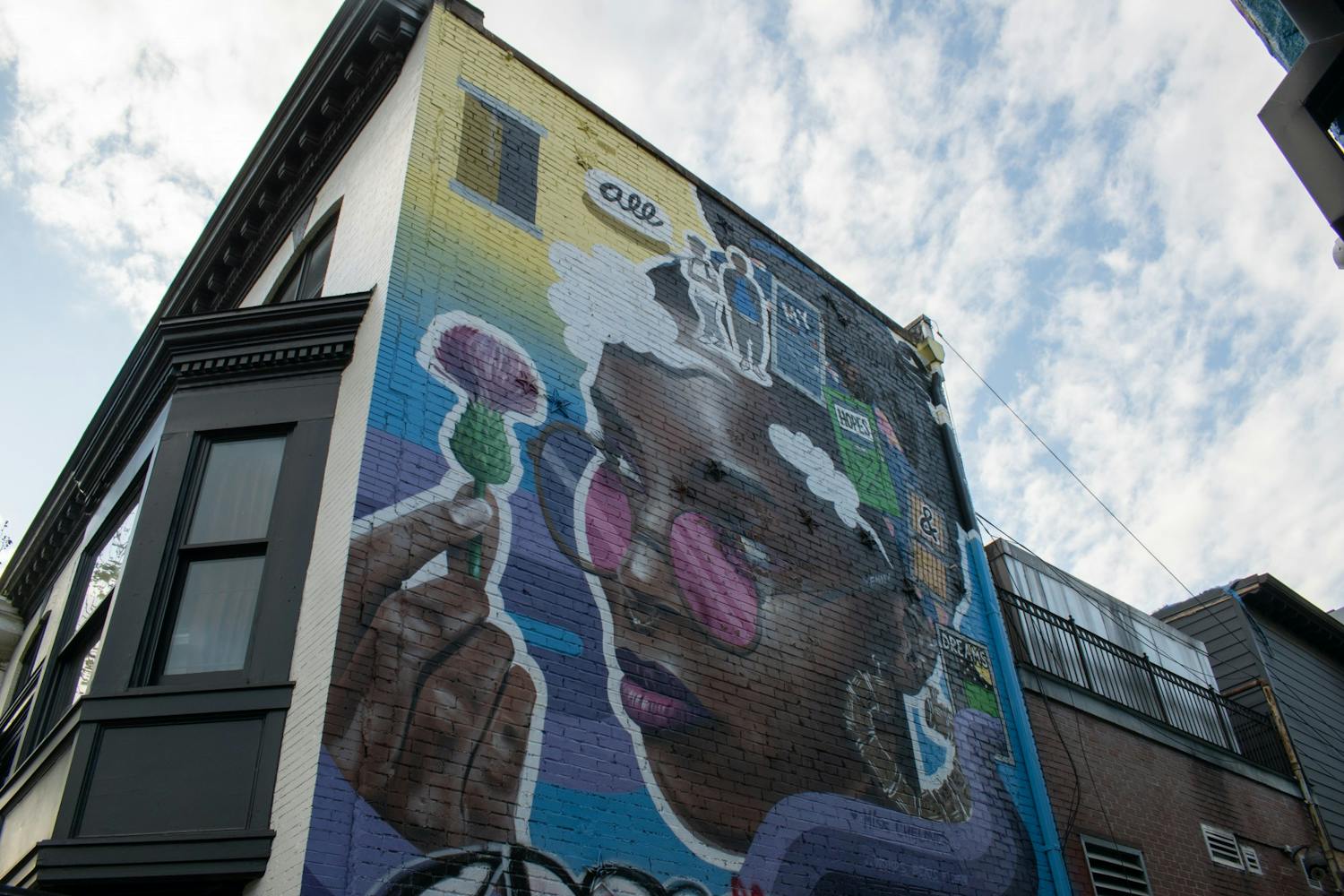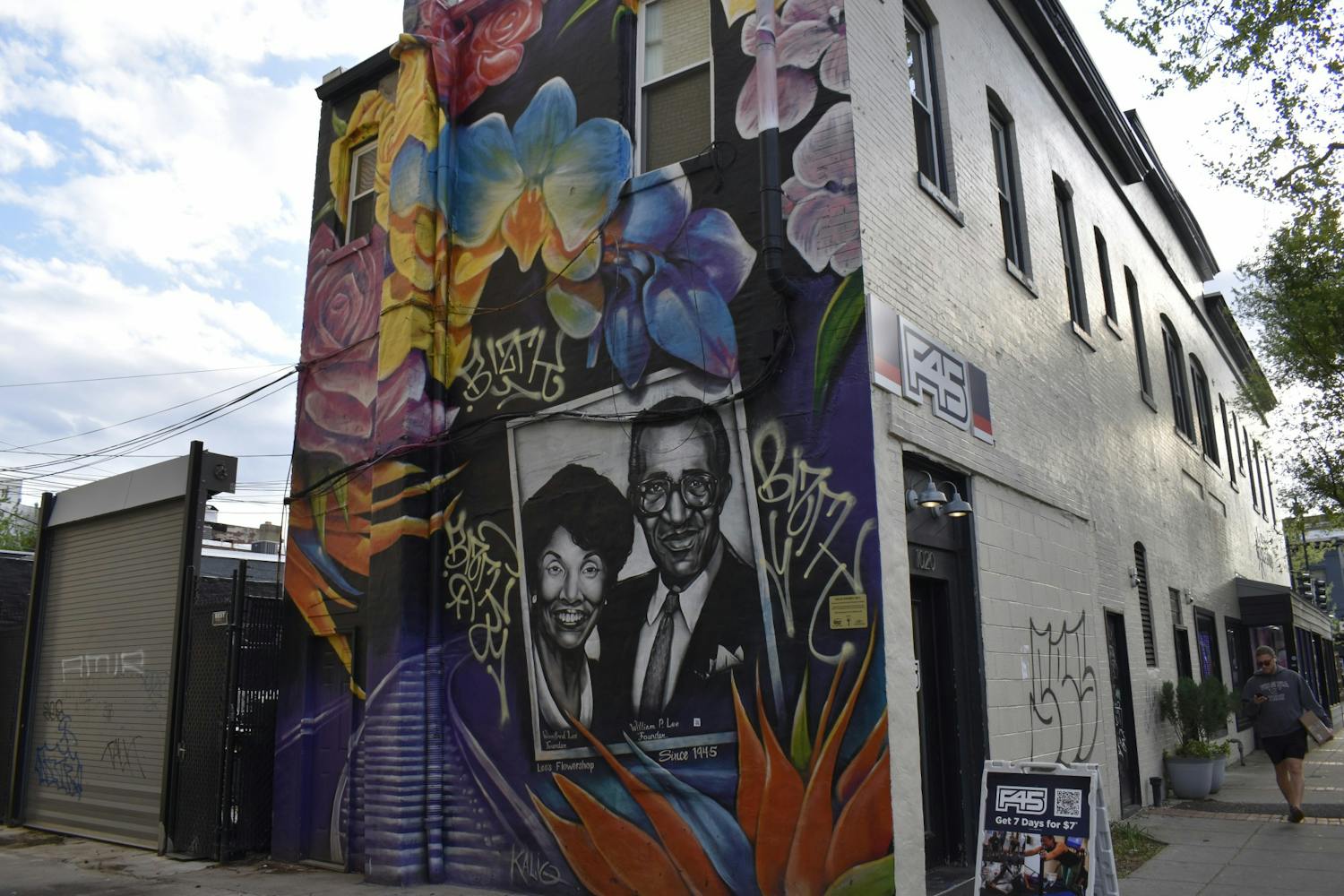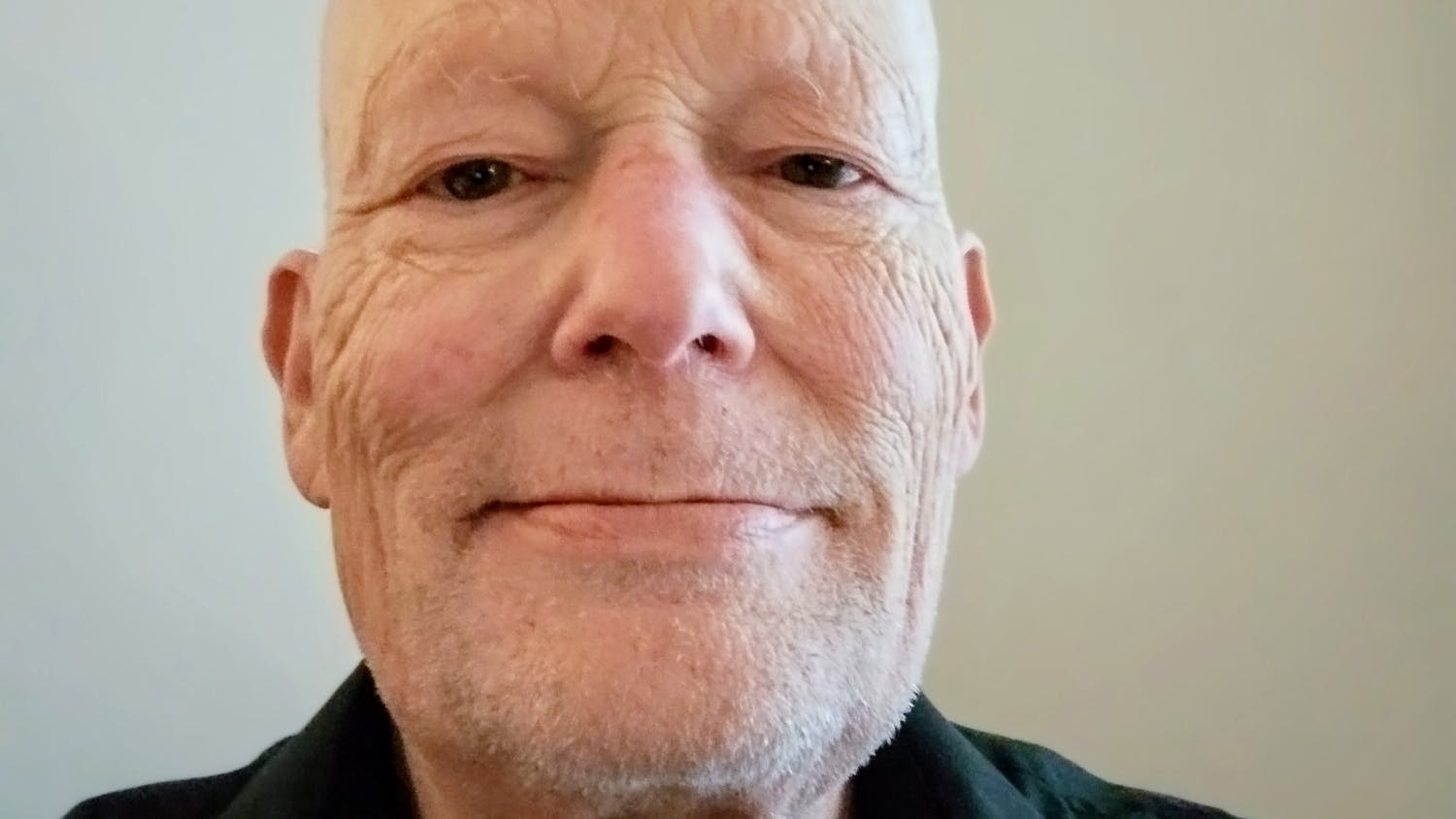In 2007, a movement started in D.C. The leaders were local artists, and their tools were aerosol paint.
Nearly 17 years later, the MuralsDC project is going strong with 165 murals throughout D.C. Each mural depicts a variety of subject matter, from joyful tributes recognizing music legends to powerful statements about civil rights. Although diverse in size, location, medium and theme, each mural shares a connection to the community and specific location where it was painted.
MuralsDC is a project funded through the DC Department of Public Works and in collaboration with the DC Commission on the Arts and Humanities. According to their website, MuralsDC was started to deter illegal graffiti and, instead, draw attention to the artistic power of aerosol paints on public walls. The project now has gained fame and seems to have started an art revolution.
During the first full year of the project, 12 murals were painted on walls usually tagged with illegal graffiti. They became symbols of community, built in and for the neighborhoods of D.C.
Throughout the year, companies can fill out a form to donate a wall. Then every spring, a call is issued for artists to apply to paint these walls. If accepted, the commissioned artist works with MuralsDC to plan and paint a mural at the donated location. Applications are assessed based on previous art examples, project feasibility, how well the artists have engaged with the community and how their work appeals to diverse audiences.
Once the artist is matched with a donated wall, they meet with the property owner and neighborhood residents to get a sense of what the community’s personality is like. Nancee Lyons, the head of MuralsDC, goes to community meetings where she hears information from residents about the culture of the neighborhood.
“We see our goal as trying to document history as much as possible and celebrate the residents that have had the greatest impact on the community,” Lyons said in an interview with The Eagle.
Sometimes, this entails the muralists meeting with local historians to properly represent the important figures and moments in history.
On 14th Street NW stands a nine story tall mural depicting Buck Hill, a D.C. resident and saxophonist who played in U Street Jazz clubs.
“That artist worked with a jazz historian, who actually worked with him to choose the best subject for along that corridor,” Lyons said. “[The corridor] is known for its jazz musicians and other Black entertainers.”
Although the majority of murals take the form of aerosol paint on walls, one particularly impactful mural was displayed on the street.
In the early morning of June 5, 2020, eight local artists and a group of D.C. government employees hauled buckets of yellow paint to 16th Street. There they painted the words “Black Lives Matter” on the street just a block away from the White House. D.C. mayor Muriel Bowser officially renamed the street “Black Lives Matter Plaza” shortly after.
The painted street quickly became famous and similar murals appeared across the country. The large mural attracted tourists and protestors alike.
“That’s my goal,” Lyons said. “For us to create murals that people come to visit as much as they come to visit the Washington Monument.”
A couple weeks after the Black Lives Matter mural was painted, MuralsDC began another ambitious artistic undertaking, called MuralsDC51. To recognize D.C.’s fight to become the 51st state, a team of artists installed 51 works of art in one week. The works focus on themes of social justice and D.C. history.
MuralsDC also works with youth in the city through after-school programs and an apprenticeship where young artists work with the muralists to learn more about the art form. More than 200 apprentices have taken part in the program.
This year’s new murals will focus on expanding beyond aerosol paints to include new art mediums focused in Ward 8.
“I don’t think anyone envisioned that we’d be here 16 years later, getting close to 200 murals,” Lyons said.
This article was edited by Hannah Langenfeld, Kylie Bill and Abigail Pritchard. Copy editing done by Isabelle Kravis, Stella Guzik and Sophia Rocha.


